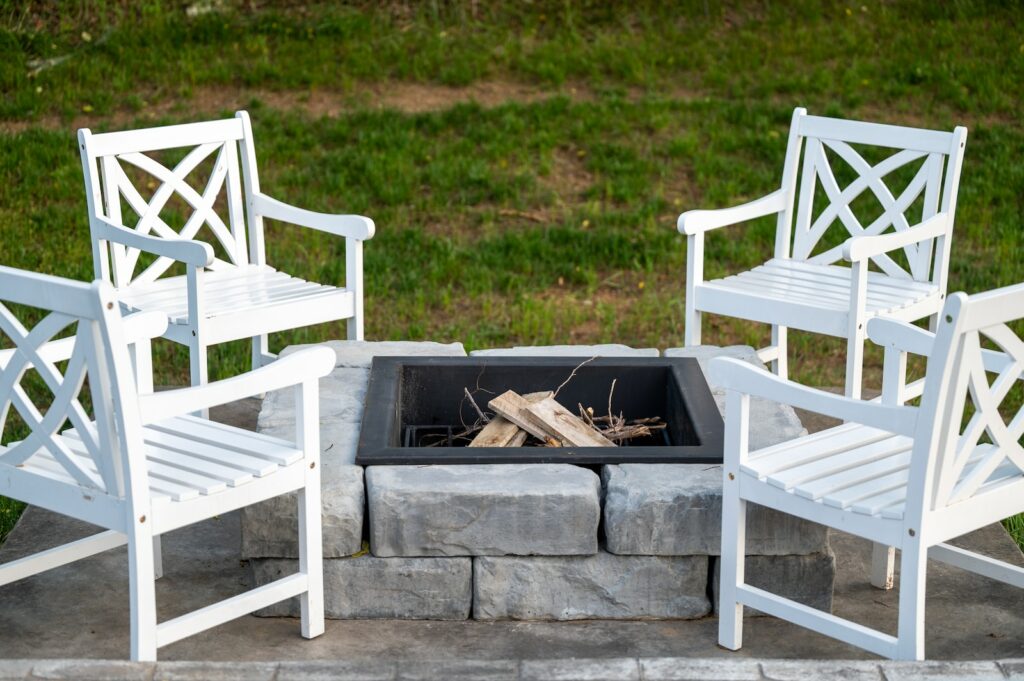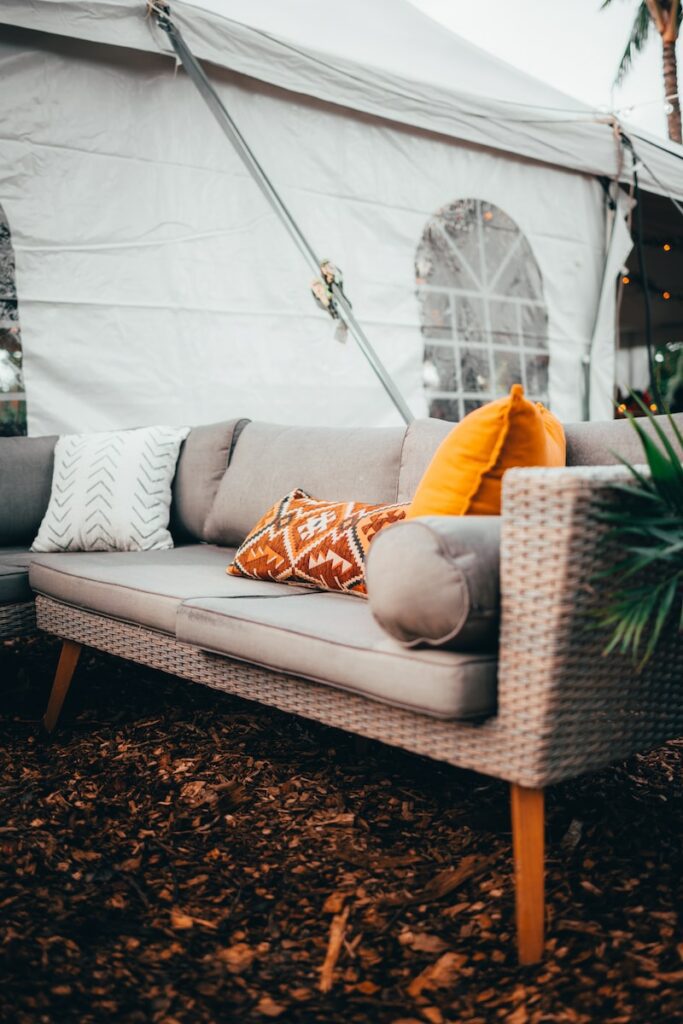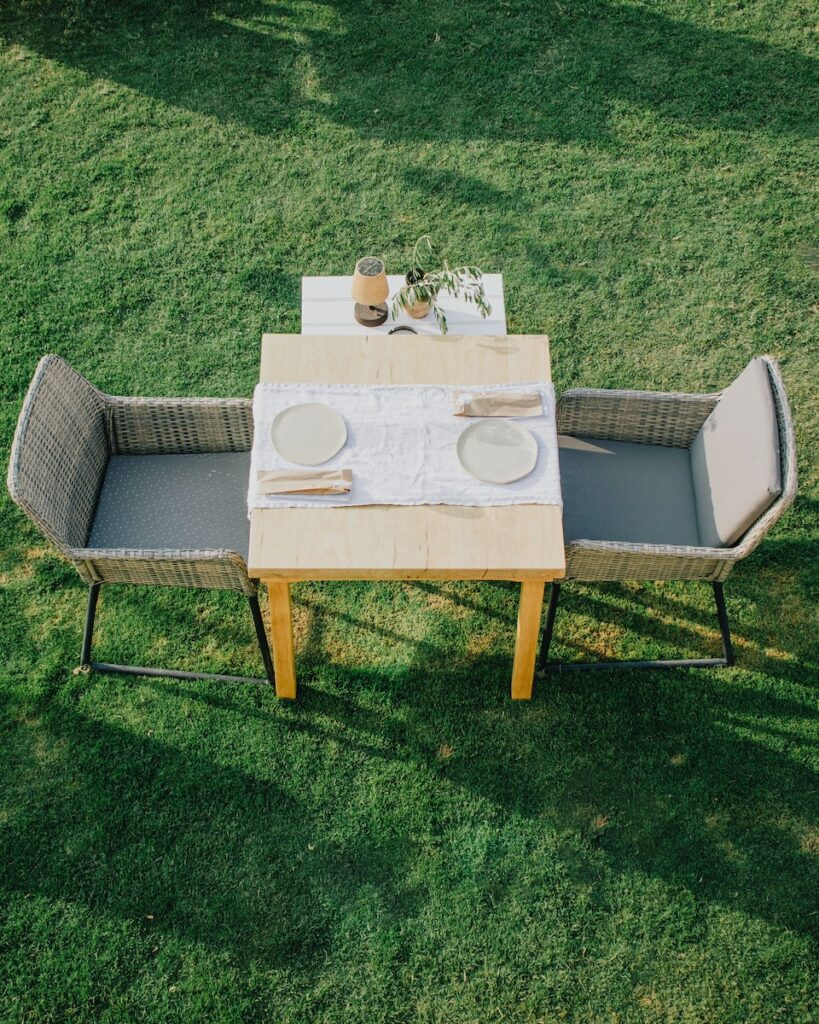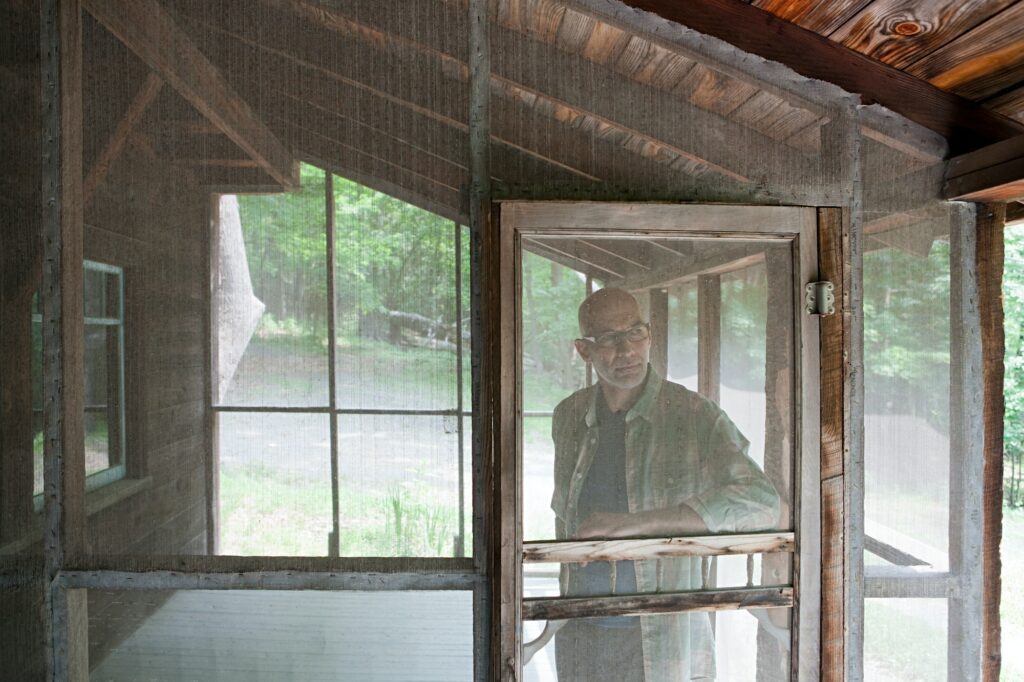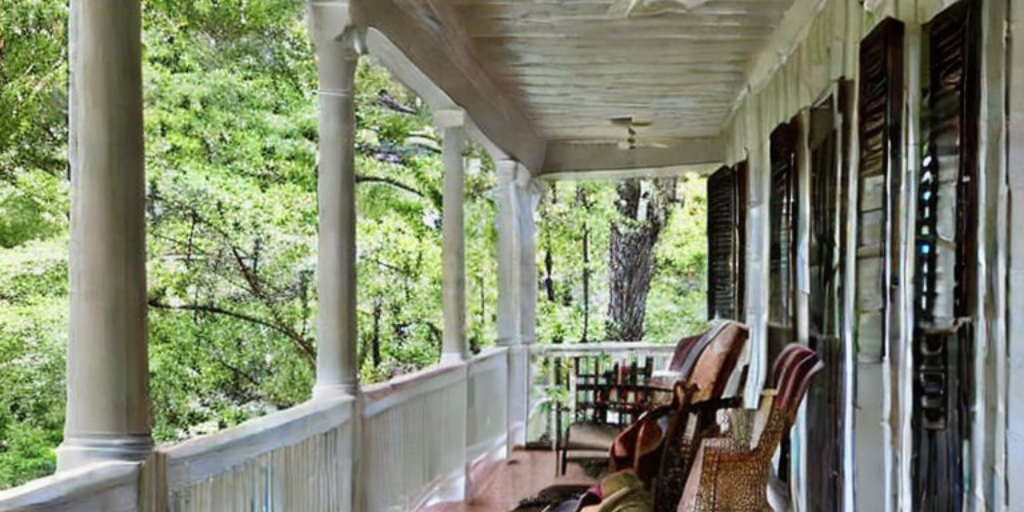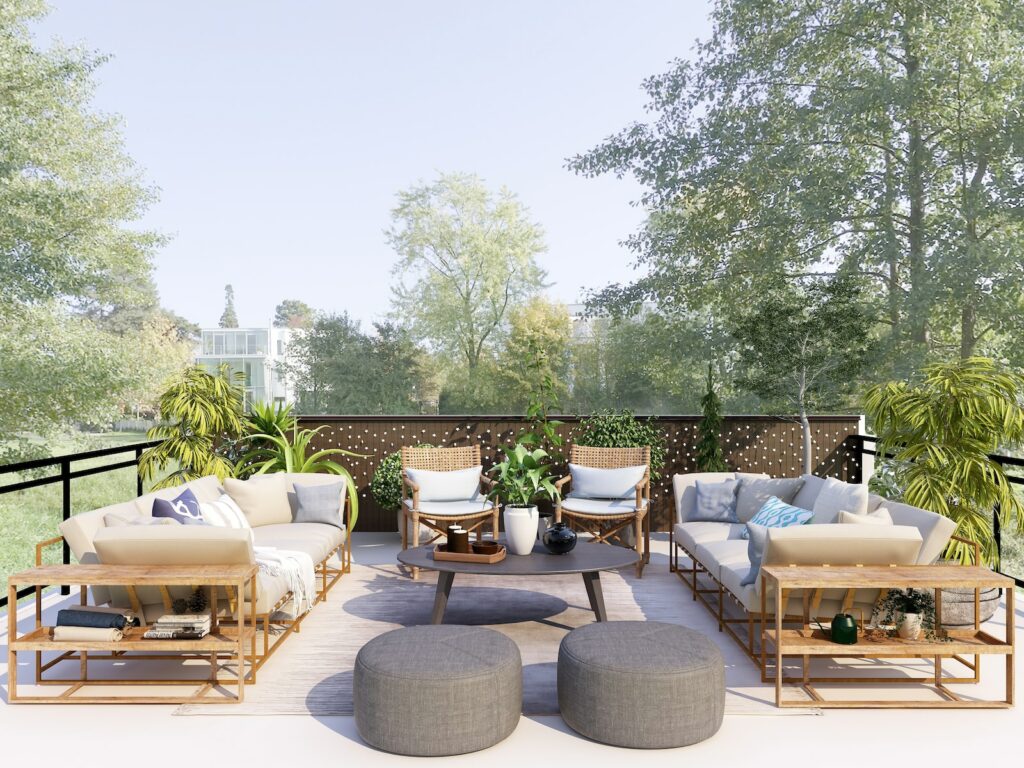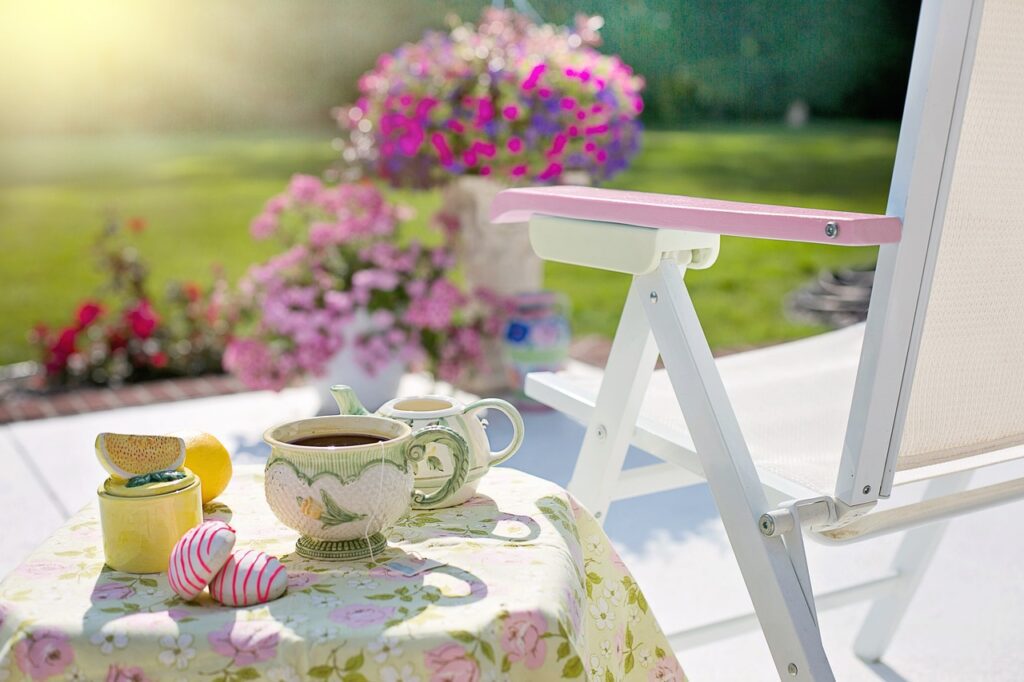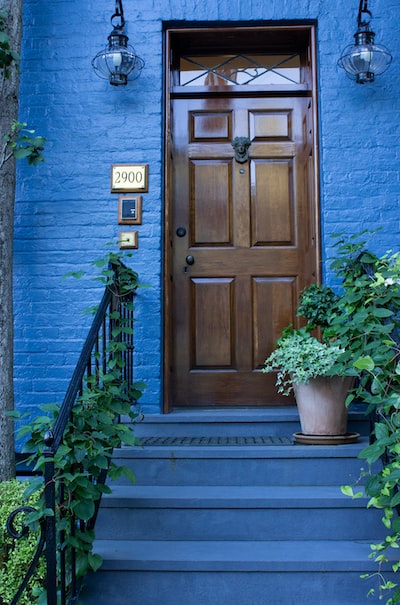Worried about how to keep patio furniture from sinking into the ground? Then have no fear, here you can discover effective techniques and smart solutions to keep your outdoor furniture stable and secure. Don’t let this issue ruin your outdoor enjoyment!
Have you ever experienced the frustration of sitting on your patio furniture, only to feel it slowly sinking into the ground? It can be a real buzzkill when you’re trying to relax and enjoy the great outdoors. But fear not! In this article, we’ll explore various strategies and tips to keep your patio furniture from sinking into the ground.
Whether you have a wooden deck, a stone patio, or even grassy terrain, the sinking issue can arise due to factors like unstable ground, uneven weight distribution, or inadequate support. But don’t worry, we’ve got you covered! So grab a refreshing drink, settle into your stable chair, and let’s dive into the world of patio furniture stability.
Understanding the common causes of sinking furniture
Contents
Unstable Ground: The Culprit Behind Sinking Woes
One of the primary causes of patio furniture sinking into the ground is unstable or soft ground. Whether you have a grassy lawn, a sandy beachfront, or even a compacted soil surface, the ground beneath your furniture can give way under pressure. Factors such as excessive moisture, erosion, or inconsistent soil composition can contribute to the instability.
To address this issue, it’s crucial to assess the ground conditions and make appropriate adjustments. Here are some steps you can take:
- Evaluate the ground: Walk around your patio area and check for any noticeable dips, soft spots, or unevenness. This will give you an idea of the areas that may be more prone to sinking.
- Add a layer of stability: Consider using a sturdy base material, such as gravel or compacted sand, to create a stable foundation for your furniture. This helps distribute the weight more evenly and minimizes sinking.
- Install concrete footings: In areas with particularly unstable ground, installing concrete footings can provide excellent support. Dig holes at least 12 inches deep and pour in concrete to create solid bases for your furniture legs.
By addressing the issue of unstable ground, you’ll lay a strong foundation for preventing your patio furniture from sinking.
Weight Distribution Matters: Balance is Key
Uneven weight distribution is another factor that can cause patio furniture to sink. If the weight is concentrated on a few legs or if one side of the furniture is significantly heavier than the other, it can create an imbalance and lead to sinking. To maintain stability, consider the following:
- Arrange furniture evenly: Distribute the weight evenly across all legs of the furniture. Ensure that heavy items, such as planters or decorative accessories, are balanced on both sides to avoid putting excessive pressure on a single area.
- Reposition furniture periodically: If you have fixed patio furniture, it’s a good idea to periodically shift its position. This helps prevent the ground from getting compacted in specific spots and reduces the likelihood of sinking.
- Consider lightweight alternatives: If you’re concerned about weight distribution, opt for lightweight materials when selecting patio furniture. Aluminum or resin-based furniture can provide both durability and easy maneuverability, making it easier to maintain balance.
By paying attention to weight distribution, you’ll help prevent sinking and ensure that your patio furniture remains stable and secure.
Tips on how to keep patio furniture from sinking into the ground
Select the Right Furniture Materials
The choice of materials for your patio furniture can significantly impact its stability and resistance to sinking. Consider the following options:
- Metal furniture: Aluminum or wrought iron furniture is typically lightweight yet sturdy. These materials are less prone to sinking and offer excellent stability.
- Plastic furniture: High-quality plastic or resin furniture is lightweight, weather-resistant, and often designed with reinforced structures. They provide stability without the risk of sinking.
- Composite materials: Furniture made from composite materials, such as recycled plastic or wood fibers, combines the benefits of durability and resistance to sinking.
By selecting the right materials, you’ll set the stage for a stable and long-lasting patio furniture setup.
Utilize Furniture Pads or Glides
Adding furniture pads or glides to the bottom of your patio furniture legs can help distribute the weight more evenly and reduce the risk of sinking. These accessories provide a buffer between the furniture and the ground, minimizing direct contact and pressure.
-
- Furniture pads: Felt or rubber pads can be attached to the bottom of furniture legs, preventing them from sinking into soft ground or damaging hard surfaces like wooden decks.
- Glides: Glide inserts, typically made of plastic or metal, can be inserted into the bottom of furniture legs. They help furniture move more smoothly and reduce the risk of sinking by providing a wider surface area for weight distribution.
When using furniture pads or glides, make sure to choose ones that are suitable for your specific patio furniture and the type of surface you’ll be placing it on. Regularly inspect and replace any worn-out pads or glides to maintain their effectiveness.
Create a Stable Foundation
To further enhance the stability of your patio furniture and prevent sinking, consider creating a stable foundation using the following methods:
-
-
- Deck or platform: If you have a wooden deck or a raised platform, ensure it is properly constructed and reinforced to support the weight of your furniture. Regularly inspect the structure for any signs of weakness or deterioration.
- Concrete or stone pavers: Placing your patio furniture on a solid surface like concrete or stone pavers can help prevent sinking. These materials provide a stable base and are less likely to give way under pressure.
- Outdoor rugs or mats: Using outdoor rugs or mats under your furniture can serve a dual purpose. Not only do they add a decorative touch to your patio, but they also provide an extra layer of stability and prevent direct contact between the furniture and the ground.
-
Level the Playing Field: Adjusting Uneven Surfaces
Uneven surfaces can contribute to patio furniture sinking in certain areas. To combat this issue, take steps to level the ground:
-
-
- Fill in gaps: If you notice gaps or depressions in the ground where your furniture is placed, fill them in with soil, sand, or gravel. Compact the material to create a more even surface.
- Use leveling devices: Consider using leveling devices like shims or adjustable furniture feet to compensate for uneven surfaces. These tools allow you to adjust the height of individual furniture legs, ensuring stability and preventing sinking.
-
Explore Innovative Support Solutions
In addition to the traditional methods mentioned above, there are innovative support solutions available that can help keep your patio furniture from sinking. These include:
-
-
- Furniture anchors: Anchoring systems can be used to secure your furniture to the ground. They are particularly useful in windy areas or for lightweight furniture that may be prone to tipping over.
- Interlocking deck tiles: Interlocking deck tiles provide a stable and level surface for your patio furniture. They can be easily installed over grass or uneven ground to create a solid foundation.
- Raised planter beds: Placing your furniture on raised planter beds not only adds a decorative element to your outdoor space but also provides a stable platform. These beds can be customized to your desired height and size, offering an elevated and secure seating area.
-
By exploring these innovative support solutions, you can find creative ways to keep your patio furniture stable and prevent sinking.
FAQs about how to keep patio furniture from sinking into the ground
Q: Can I use concrete blocks or pavers to prevent sinking?
A: Yes, concrete blocks or pavers can be an effective solution for preventing patio furniture from sinking. By placing them underneath the furniture legs, you create a solid and stable base. Make sure the blocks or pavers are level and properly spaced to evenly distribute the weight.
Q: How often should I check and adjust the stability of my patio furniture?
A: It’s a good practice to periodically check the stability of your patio furniture, especially after heavy rainfall or when you notice any signs of sinking. Inspect the ground conditions, the levelness of the furniture, and the condition of any support structures or pads. Regular maintenance and adjustments will help ensure the long-term stability of your furniture.
Q: Is there a way to stabilize an existing sunken patio?
A: If you have a sunken patio, it may require more extensive measures to stabilize it.
One option is to consider professional assistance from a contractor or landscaping expert who can assess the situation and provide appropriate solutions. This may involve filling in the sunken areas, compacting the soil, or even installing additional supports or reinforcements.
Another approach is to create raised platforms or decking over the existing sunken patio. This can help level the surface and provide a stable foundation for your patio furniture. However, keep in mind that these options may require more time, effort, and cost compared to the previous methods discussed.
Final thoughts on how to keep patio furniture from sinking into the ground
Now you know how to keep patio furniture from sinking into the ground , you are on your way to maintaining your furniture’s stability, longevity, and your overall outdoor enjoyment. By following the tips and techniques outlined in this guide, you can ensure that your furniture remains secure, balanced, and level.
So go ahead, get creative with your outdoor decor, and make the most of your patio without worrying about furniture sinking into the ground. With proper planning, maintenance, and a little ingenuity, you can create a stunning and stable outdoor oasis for yourself, your family, and your guests.
